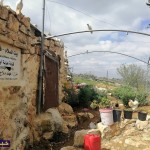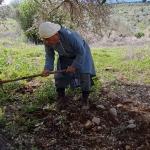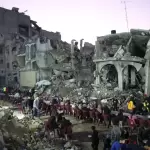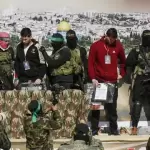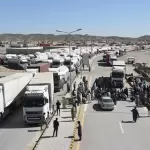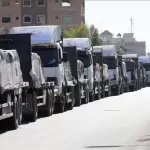هل اقترب الحرب الكبرى بين إيران وإسرائيل!
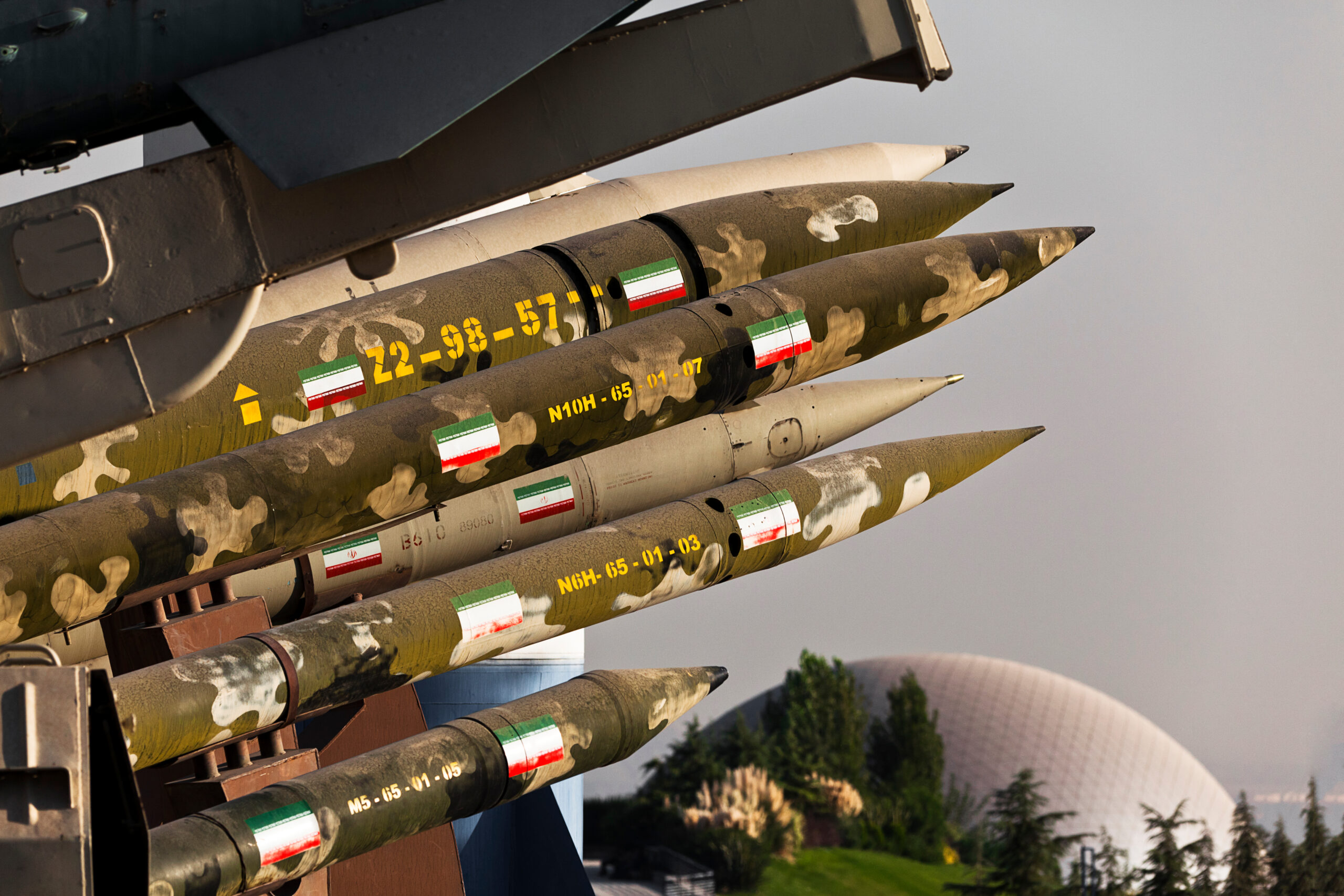
تتصاعد التوترات بين إيران وإسرائيل بعد الهجوم الإسرائيلي الكبير على مواقع عسكرية في إيران في 26 أكتوبر. تشير تقارير صحفية إلى أن الرد الإيراني أصبح مسألة وقت، حيث تواجه طهران خيارات عديدة لكيفية التصعيد.
خلفية الأحداث بيت إسرائيل وإيران
الهجوم الأخير شمل ضربات على 20 هدفًا عسكريًا في أنحاء إيران، مما أثار قلقًا دوليًا واسعًا. تأتي هذه التطورات في ظل تعقيدات المشهد الإقليمي والضغط الدولي المتزايد على طهران بسبب برنامجها النووي. وفقًا لوكالة *رويترز*، قامت إسرائيل بتصعيد عملياتها لضرب البنية التحتية العسكرية الإيرانية بهدف إضعاف تأثير طهران في المنطقة.
الخيارات الإيرانية للرد
ذكرت مصادر أمنية أن إيران قد ترد عبر خيارات متعددة، من بينها:
- إطلاق صواريخ باليستية من الأراضي الإيرانية**، كما حدث في مواجهات سابقة.
- استخدام الفصائل المسلحة الحليفة في اليمن**، مثل الحوثيين، لشن هجمات ضد أهداف إقليمية حساسة.
- تفعيل الميليشيات العراقية** لشن هجمات بطائرات مسيرة، وهو أمر يتابعه التحالف الدولي بقيادة الولايات المتحدة عن كثب.
- هجمات محتملة من الأراضي اللبنانية**، مما سيشكل تصعيدًا خطيرًا نظرًا لحساسية الوضع في تلك المنطقة.
التحركات الدولية
مع تزايد المخاوف، أرسلت الولايات المتحدة قاذفات B52 إلى الشرق الأوسط كجزء من تعزيزاتها العسكرية، مؤكدة أنها ستدعم إسرائيل إذا تعرضت لهجوم، وفقًا لتقارير CNN والجزيرة، زار قائد القيادة المركزية الأمريكية الجنرال مايكل كوريلا إسرائيل لتقييم الوضع، في إشارة إلى استعداد واشنطن للرد إذا لزم الأمر.
يرى المحللون أن الرد الإيراني سيعتمد على مزيج من الاستراتيجية والحسابات السياسية، في ظل الضغط الدولي والاعتبارات الأمنية الداخلية. التهديدات المتبادلة تفتح الباب أمام موجة جديدة من التصعيد، قد تكون الأخطر في المنطقة منذ سنوات.
Potential Escalation Between Iran and Israel and International Efforts to Contain the Crisis
Tensions are mounting between Iran and Israel following a large-scale Israeli attack on military sites in Iran on October 26. News reports indicate that an Iranian response is a matter of time, as Tehran faces several options for escalation.
Background of Events
The recent strikes targeted 20 military sites across Iran, triggering widespread international concern. This escalation comes amid a complicated regional landscape and increased international pressure on Tehran over its nuclear program. According to *Reuters*, Israel has intensified its operations to weaken Iran’s military infrastructure and curb its influence in the region.
Iran's Response Options
Security sources have highlighted several potential Iranian responses, including:
Launching ballistic missiles from Iranian territory**, as seen in previous confrontations.
Using allied factions in Yemen**, such as the Houthis, to carry out attacks on sensitive regional targets.
Activating militias in Iraq** to launch drone attacks, a matter being closely monitored by the U.S.-led coalition.
Potential strikes from Lebanese territory**, which would mark a significant escalation given the sensitivity of the area.
full-scale and comprehensive attack**, which could widen the conflict to include crucial areas such as oil facilities or Iranian nuclear sites.
International Movements
Amid growing concerns, the United States has deployed B52 bombers to the Middle East as part of military reinforcements, affirming its support for Israel if attacked. As reported by *CNN* and *Al Jazeera*, U.S. Central Command chief General Michael Kurilla visited Israel to assess the situation, signaling Washington’s readiness to respond if necessary.
Analysis
Analysts believe Iran’s response will be a calculated mix of strategy and political considerations, influenced by international pressure and domestic security concerns. The mutual threats are paving the way for a new wave of escalation, potentially the most dangerous in the region in years.

